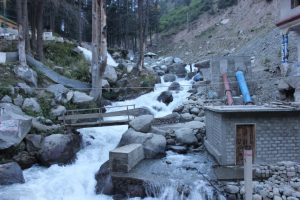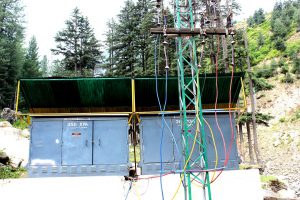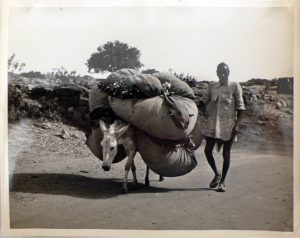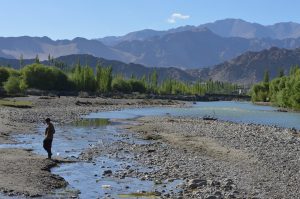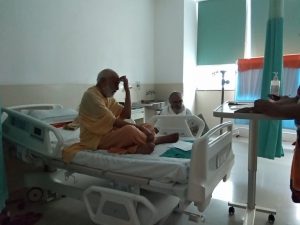Seasons come and go but the lives of Rohingya refugees camped on the bare hills of Cox’s Bazar in Bangladesh is a constant struggle, and water remains the permanent source of their woes.
In the dry season they struggled to get enough water to survive. In the wet season, they now struggle against heavy monsoon rains and the problems that come along with it, including lethal water-borne diseases such as diarrhea and cholera.
Since August last year nearly a million Rohingya have fled Myanmar after a violent crackdown by state security forces in Rakhine state. About 700,000 ended up in refugee camps in Bangladesh’s Cox’s Bazar, where they joined many more of their compatriots who had fled previous rounds of violence.

Heavy rain is a nightmare for people living in the hills, especially those in Cox’s Bazar, where thousands of acres of rich vegetation had to be cleared to make room for the Rohingya camps, making the area a hotbed of landslides.
See also: Barren hills bring Rohingya refugees and Bangladeshi’s into conflict
Since 11 May, 34,600 people have been affected by weather related incidents, according to Inter Sector Coordination Group’s latest report, including 4,200 people displaced, 34 people injured, and one person killed.
Aid agencies fear those numbers will increase significantly as the rains continue. According to estimates by Unicef, 200,000 Rohingya refugees are under threat from flooding and landslides during the monsoon this year.
Spread of disease
Lack of hygiene has become a problem in the camps with so many people living cramped in a small area. As a result, when there is heavy rain, dirty water flows into, and contaminates, sources of groundwater like ponds, ditches and tube-wells. Diarrhoea-related diseases are already common in the refugee camp with over a million acute cases reported between January 1 and June 3, 2018. With the onslaught of the monsoon, the spectre of disease will only grow.

Jamila Khatun, a middle aged Rohingya woman who came to Bangladesh from Myanmar with her family, is now living in the Balukhali camp in Ukhiya. Four months ago she would often wait in line in front of one of the handful of deep tube-wells in the area.
“On most days, I had to wait 5-6 hours in a queue and ended up getting just a couple of buckets of water [equal to 10-15 litres],” Khatun told the thethirdpole.net.
On such days Jamila’s five-member family would have to choose between drinking and cooking, or give the water to one of the family members to have a bath. “During the dry season, we had to often wait 15 days to have enough water to have a bath of some sort.”
For people like Khatun the rains have brought no relief.
Although it’s the wet season now, there is still no water to use. She now stands ankle-deep in mud in a long queue to use a different tube-well far from her camp because the ones near her home have been contaminated.
In a recent study, the NGO BRAC found the presence of dangerous E. Coli bacteria is water samples collected in June-July from tube-wells and Rohingya households.
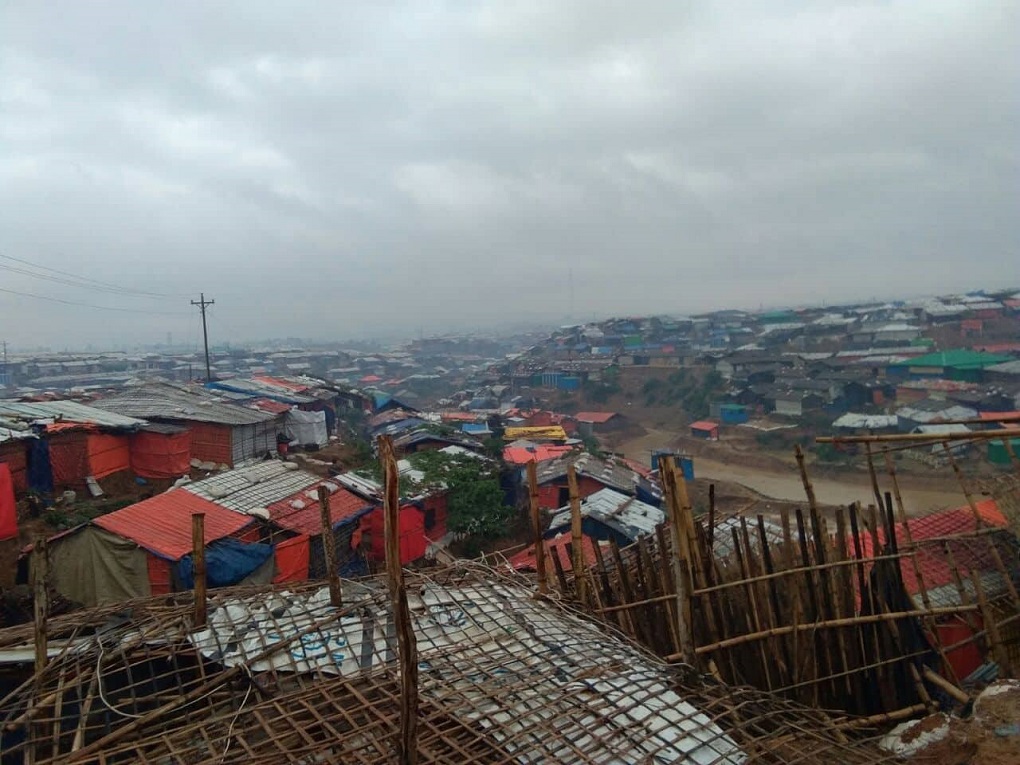
Stemming the tide
BRAC is now distributing aqua-tabs and other water purifying tablets, but the Rohingya do not want to use them.
“For some reason, the Rohingya think that these are birth-control pills [contraceptives]. This is not helping the situation,” said Salam, adding that they are now trying to raise awareness about the dangers of drinking unsafe water.
According to HumanitarianResponse.info, around 5,000 out of a total of 6,500 tube-wells are currently functional in the camps. But the Rohingya claim that the number is much lower.
Drinking unsafe water may very quickly lead to diarrhoea and cholera in the short term and jaundice and liver cirrhosis in the long term – all of which could be lethal if not cared for. But cholera is more dangerous because an outbreak could easily turn into an epidemic.
Muhammad Musa, executive director of BRAC, said: “Every day, we collect around 100 water samples and examine them in the local BRAC laboratories. Thanks to quick intervention in a coordinated way with our partners, we have managed to avert several possible disease outbreaks since the influx began.”
As a partner of the government, BRAC staff have vaccinated nearly 170,000 people against cholera and other diseases since last year.
Given the risks, the World Health Organization (WHO) has launched the second phase of a cholera vaccination campaign in Cox’s Bazar aiming to cover one million people from both Rohingya and the host communities.
“We managed to prevent a cholera outbreak through our first vaccination campaign in October last year. But flash floods, heavy rain and landslides have damaged water and sanitation facilities in the camps, increasing the risk of a cholera outback again,” says Edouard Beigbeder, Unicef’s representative in Bangladesh.
In the first phase of this vaccination drive in October-November last year, WHO covered a total of 900,000 people from both the Rohingya and the host communities.
Mohammad Al-Masum Molla is a Dhaka based journalist
![<p>A Rohingya child was carrying water through a pitcher from a tubewell far from her home [image by: Mohammad Al-Masum Molla]</p>](https://dialogue.earth/content/uploads/2018/07/IMG_2447.jpg)

